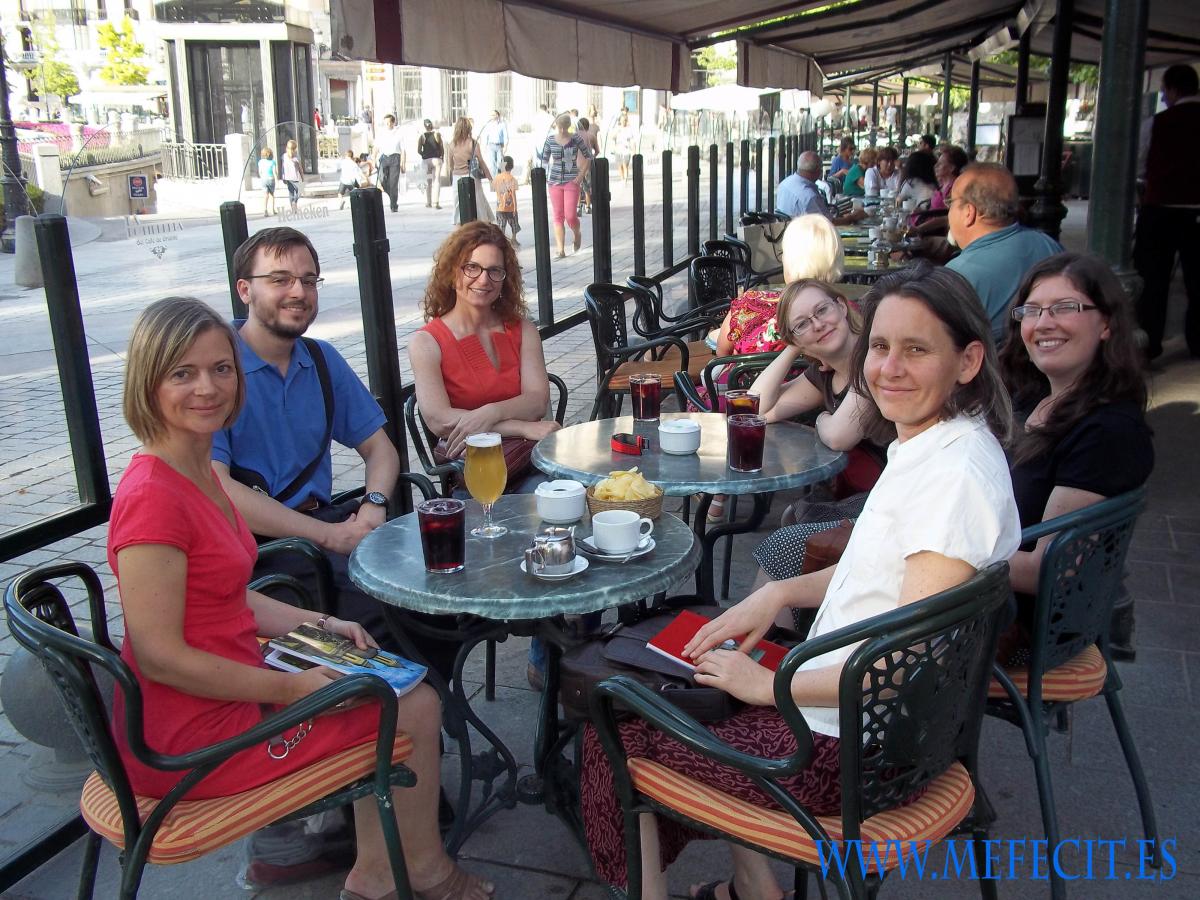Funded by a 1.2 million euro Starting Grant from the European Research Council, this project is a response to silence and absence. The silence is that of medieval women in the history of art, for despite the advances of recent decades, the field continues to be overwhelmingly a history of men. There is an unspoken underlying assumption that works of art and architecture in the Middle Ages were made by and for men, save for the rare cases where it can be demonstrated otherwise. That is, medieval art is not approached from a position of neutrality but rather presumed to be masculine in origin and intent. Scholars routinely christen anonymous artists with the title “Master of…” followed by some outstanding characteristic by which we recognize “his” work. By contrast, artists and patrons are identified as women only when their names are recorded on a work of art or in documentation. These noteworthy cases have been fruitfully studied, often within a framework of the exception that proves the rule. But how many so-called exceptions must there be before we decide that a new rule is in order? At what point to do these perceived aberrations from the norm become rather a new pattern waiting to be recognized?
One point of departure for this cross-cultural, transregional study of the impact women had on medieval art and architecture will be to refocus on the terminology used in the Middle Ages, particularly the verb “to make.” For artist and patron is a false dichotomy, or, at the least, a modern one. The verb employed most often in medieval inscriptions—from paintings to embroideries to buildings—is “made” (fecit). This word denotes at times the individual whose hands produced the work, but it can equally refer to the person whose donation made the undertaking possible. Whereas today’s eye separates patron from artist, the medieval view recognized both as makers. We address, therefore, the question of medieval women’s participation in both the production and the consumption of art and architecture.
One of the most challenging aspects of this project comes from its transverse nature as a study of Christian, Islamic, Jewish, and secular works. Just as these cultures were interrelated in the Middle Ages, to understand them today they must be examined as part of an overall milieu. We propose a new way of thinking about the history of medieval art and architecture, one that does not automatically assume it to be made by men but recognizes the contributions of women while situating them firmly within their historical contexts.
In sum, we propose a renewed way of framing the debate around the history of medieval art and architecture: while recognizing the very real limits to which women were subject during the Middle Ages, this project seeks to demonstrate that their importance within the history of art has been undervalued. Our research brings to the fore their roles as patrons and facilitators, producers and artists, owners and recipients, within specific social and political contexts, including as well their interactions and collaborations (or confrontations) with men.

At the Café de Oriente, Madrid. From left clockwise, Alexandra Gajewski, José Antonio Haro, Therese Martin, Amanda Dotseth, Flora Ward, and Stefanie Seeberg.



